In 2017-2019 Marcel de Vries, Matthias Olausson (Solidify) and I created the Global DevOps Bootcamp. A worldwide event that evolved around DevOps and Azure and was aimed at local communities all around the world to create a unique event that had the same content everywhere. This was a huge success. In the last year we had built a community of 90 location around the world and about 10000 people joining our event. But then… COVID-19 hit us hard. Not only on a personal level, where some of us lost people, or became very sick, but also on a a professional level. We started working remote, we did not visit our offices, we did not connect to other and with that.. we lost our DevOps community.
After 2 tries to reboot the event, we gave up. People did not want or dared to attend a physical location and with that, the Global DevOps Bootcamp faded away.
A new world, needs a new event
In november 2023, Marcel de Vries, Rob Bos, Michiel van Oudheusden and I visited GitHub Universe. A physical conference around GitHub. There we met many people of our old DevOps community. We met, talked and brought back memories. Also about the Global DevOps Bootcamp. People were still full of it, and kept asking when we would do it again. We had a talk with Martin Woodward and Anisha Pindoria and Brian Randell from GitHub and with Andrew Flick from Microsoft and with their support and sponsorship we decided to do it again..
The Global DevOps Experience
After the decision to do it again, Marcel and I had a beer. That is always the best way to come to ideas. What are we going to do, what are we teaching people, how do we reboot the community. Our bootcamp in 2019 was a combination of challenges, some nice videos for fun, and a lot of automation. These components should definitely be in there, but we needed more. Both Marcel and I like to think big and give people an experience. So that was settled, and the name of the event was born the [Global DevOps Experience](https://globaldevopsx.com). But how do you create an experience.
We started with the basics. What are we going to teach people nowadays. We wanted the event to be around GitHub, Azure and AI. And we wanted it to be around this new thing, Platform Engineering. So we got to work. Together with Rob Bos and Michiel van Oudheusden we came up with topics. Codespaces, Actions and deployment protection, GitHub Copilot, GitHub Advanced Security and AI in your application. So content wise we were OK. But the.. how do you make this fun..
The birth of Globoticket
All these technical topics are great, but for us at Xebia technology is always a means to an end. We always start with the WHY. Why do you use this, why would you, what is the problem you want to solve. This should be the start of the experience. Not only teach people about technology, but teach them about the WHY, and have fun while doing that. In order to create this storyline, we created a fictive company called **Globoticket**.

Globoticket is a fictive company that sells concert tickets online. And because this company, just like any company, is also an IT company we can think of all kinds of issues to be solved within this company.
So the stage was clear. Globoticket. But then we needed some actors. The problems we want to solve, and the Why behind these problems.. Who were coping with this in any company. Of course! A CEO with a vision, a COO that needs to make this work, a CISO that is concerned about security, a Product Owner that needs to make it happen and a Lead Developer that needs to help building it. And of course, the main actors, the people from our community, Platform Engineers, DevOps Engineers, Developers etc that want to learn that can play the main part during the event day to actually build the stuff we envisioned.
The creative process
So we had our challenges (vaguely), we had our main stage (Globoticket), we had our characters, but now we needed to bring it to live! We started by writing the characters. And came up with our cast. ChatGPT is brilliant in making great descriptions of stereotypes if you feed it with ideas. So that is how our main cast came to live
– Robert Green – CEO – Charismatic and visionary, but tends to make promises without fully grasping the implications. He’s enthusiastic and can sell any idea to anyone but relies heavily on his team to figure out the details
– Emily Chase – COO – Extremely organized and practical. She’s the one who has to implement Robert’s grand plans. Known for her patience, but also for her dry wit which comes out when things get too chaotic.
– Jordan Sparks – PO – Business-savvy with a knack for market trends but sometimes lacks technical depth, which leads to unrealistic product features or timelines. Micro Manager and eager to ship things offshore to get it done.Often seen with a smartwatch and the latest smartphone
– Alex Fletcher – Lead Dev – Brilliant and resourceful, Alex is the go-to problem solver. Despite being somewhat introverted, Alex’s skills are unparalleled, making them indispensable
– Morgan Blair – CISO – Highly cautious and always alert, Morgan is constantly worried about compliance and security threats. He can be a bit paranoid but is incredibly dedicated to safeguarding the company
To start rallying people we decided to create “confession” videos where they are already sharing their ideas online.
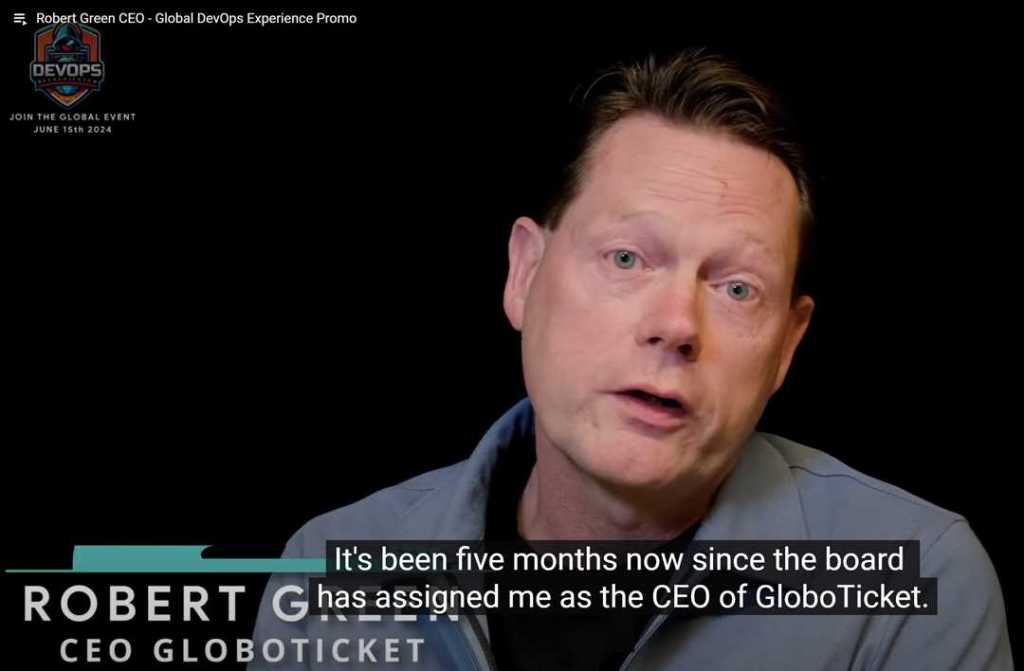
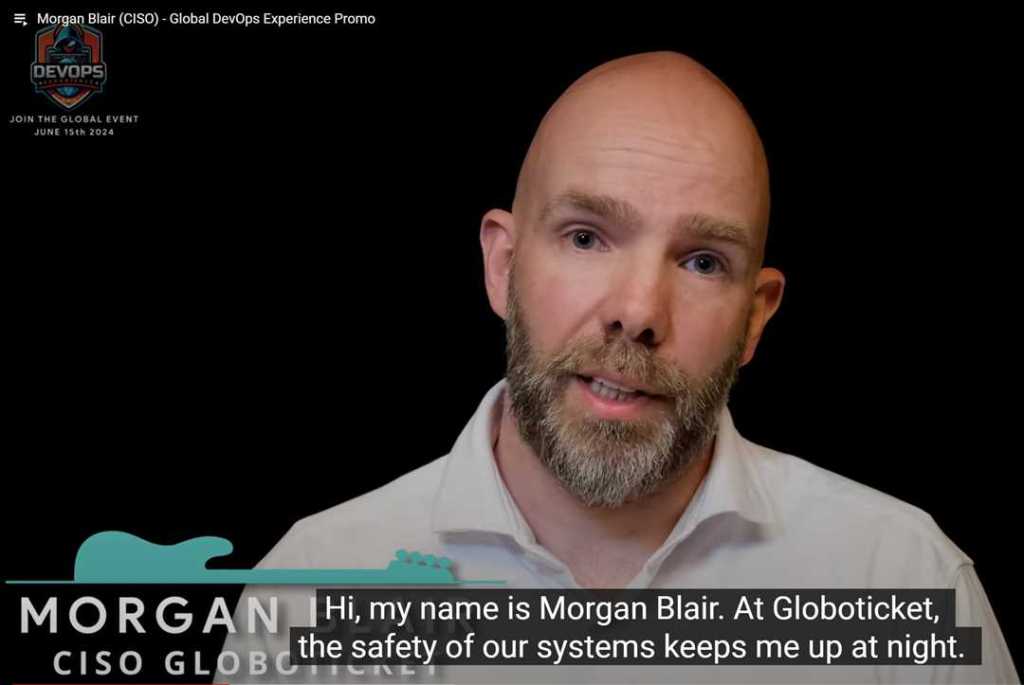
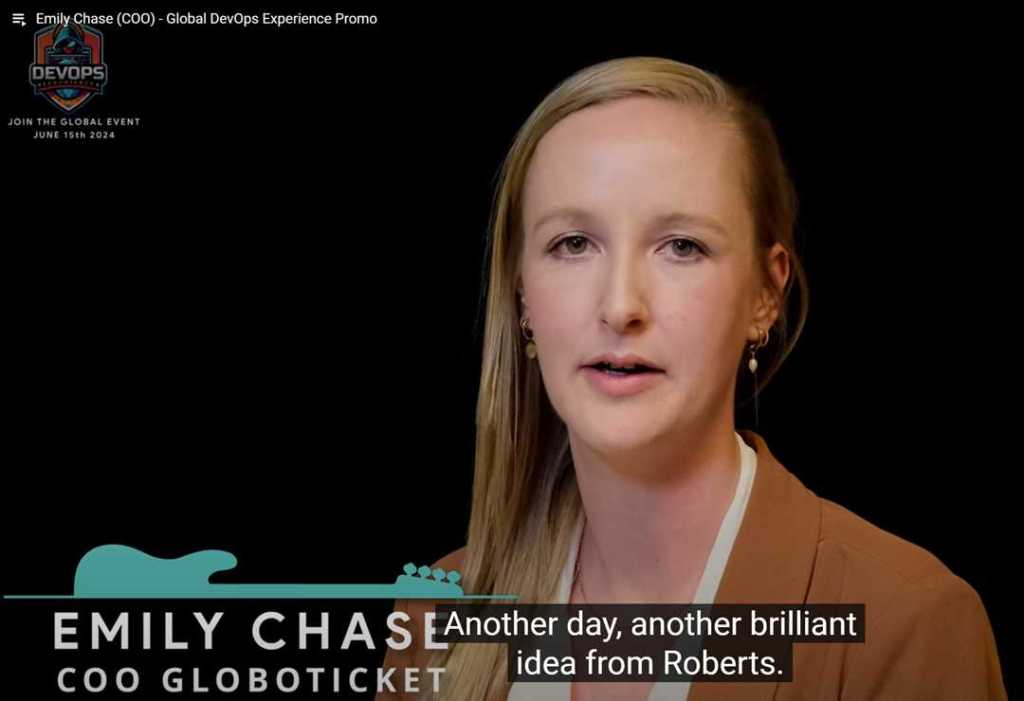
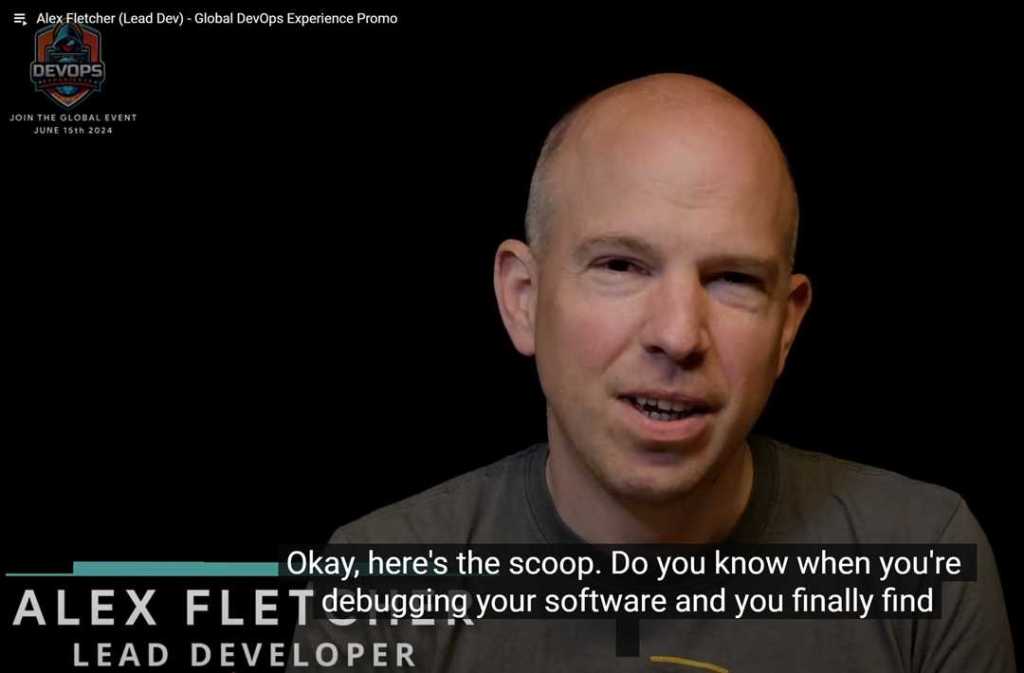
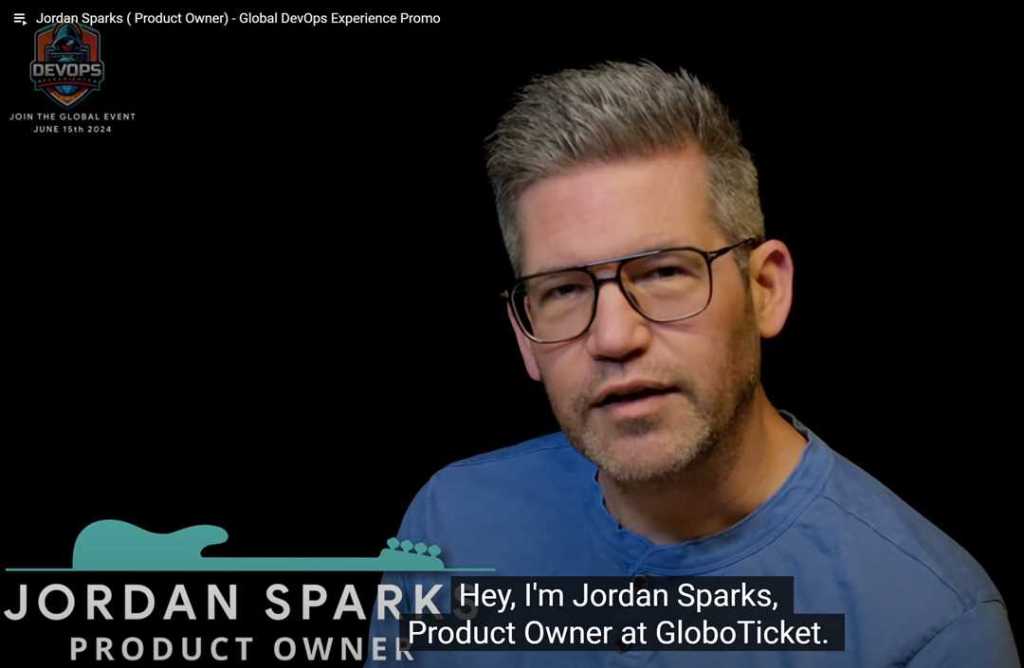
For this it already became a multi-person organization. My colleagues Kees Verhaar and Tijmen van der Kamp have video creation as their hobby and passion. So they jumped in and made this vision reality.
We also needed actors. Because we always try to have a lot of fun with video and such, we already knew a few people who we should ask, and some new people to raise their hands. This led to this amazing cast!
Creating the content
But then.. we had videos, we had some promotion, and we had quite some people worldwide that put their trust in us to organize an event called the “Global DevOps Experience” but actually had no single clue what they were saying yes to :-). Up to us to create content
At Xebia we organized an evening where we asked our colleagues for help. Warning up front. We a re a consultancy firm, and we get paid by the hour. This is a project that is fully in extra, unpaid time. This asks for dedication but people raised their hands. And committed to make this a success.
We started dividing the work. Building challenges, building a scoreboard, building the Globoticket Intranet, building the content, building the onboarding on the public website, building the provisioning of the event for 600-800 teams wordlwide and of course building our event back-end
Our challenge builders Sofie Wisse, Hidde de Smet, Jasper Gilhuis, Jesse Houwing, Duncan Roosma, Geert van der Cruijssen, Marcel de Vries and myself created code, fix branches, step by steps and instructions for all this cool stuff.
The Event Flow
How can we guide participant to a storyline that makes sense and keeps them in an immersive experience?
We came up with the Globoticket Intranet. Where people can read news messages to see some context.

The moment they press “mark as read” tehy get a call of one of our personas that explains the challenge ahead. Then people will be redirected to GitHub where the PO created an issue for them.
But, how can we keep people engaged. If they get stuck.. Well, what would you do nromally? Ask questions in the GitHub issue, ask help.
To enable this we created a backend that caters for this. GitOps to the MAX! when you put in a comment like `help` or `/fix` our automation creates a Wiki page with steps, or a Pull Request and a branch with the full code.
This way people really stayed within Globoticket.
To make this work we used GitHub automation in the sense of GitHub Apps. And my colleague Erick Segaar really owned this. He did all the work to enable all our challenge builders and other systems to integrate smoothly with this backend which scaled like crazy because of the great architecture.
Provisioning
Then, also as part of our vision, we do not like it if participants need to Yak Shave.

We want people to come in, and get to work. This sounds simple, but it is not. People come in with different devices, rights, locked down machines, different accounts. So we created everything for them
– A GitHub repo with all the WORKING code
– Working pipelines for 3 microservice that did a build and deploy to Azure
– Kicking off the pipelines so we made sure the code running came from their repo
– Creating AAD account for Azure
– Connecting DNS names to their instances of website
– Deploying their stuff to Azure
– Setting up secrets in their GitHub so they can directly build and run
And that for 600-800 teams, in different regins, keeping cost under control. This amazing work was done by Rob Bos and Sander Trijssenaar
Organization Automation
And then the public website. Where first venues could register, then people at a venue. Where people need to register, get invited for our GitHub org, get emails. Communication with venues etc. And on Event Day onboard to the experience. Select a team and get started with this team that was provisioned by Rob and Sander.
All this work was done by Michiel van Oudheusden. He used GitHub as our backend. Venues could work with GitHub Issues and Pull Requests to see the status, and update their own registration details. Basically their own event page, but then administered in GitHub
Intranet and Scoreboard
To get this feel of competition, we created a scoreboard where teams could see how they were doing. This all integrated nicely with the backend and the Message Queue. Also the event were shown on the Intranet where people started challenges. This work done by Rutger Buiteman and Jesse Wellenberg was fundamental for the event-day experience!
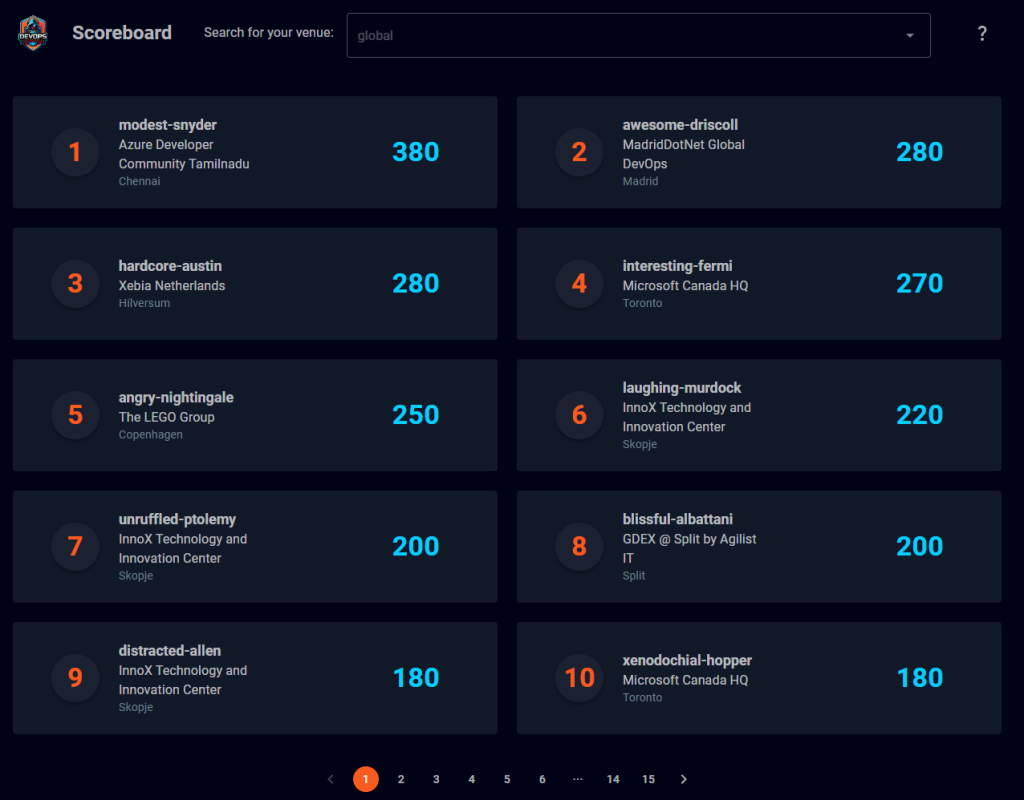
Event Day
And then, after months of work, hundreds of hours of free time, long nights it is Event day. We had over 1200 people registred and around 40 venues in around 25 countries. Amazing!! We rebooted the community!
We started in Japan, and moved around the sun. Slowly we moved to India where we saw ramping up of our backend.
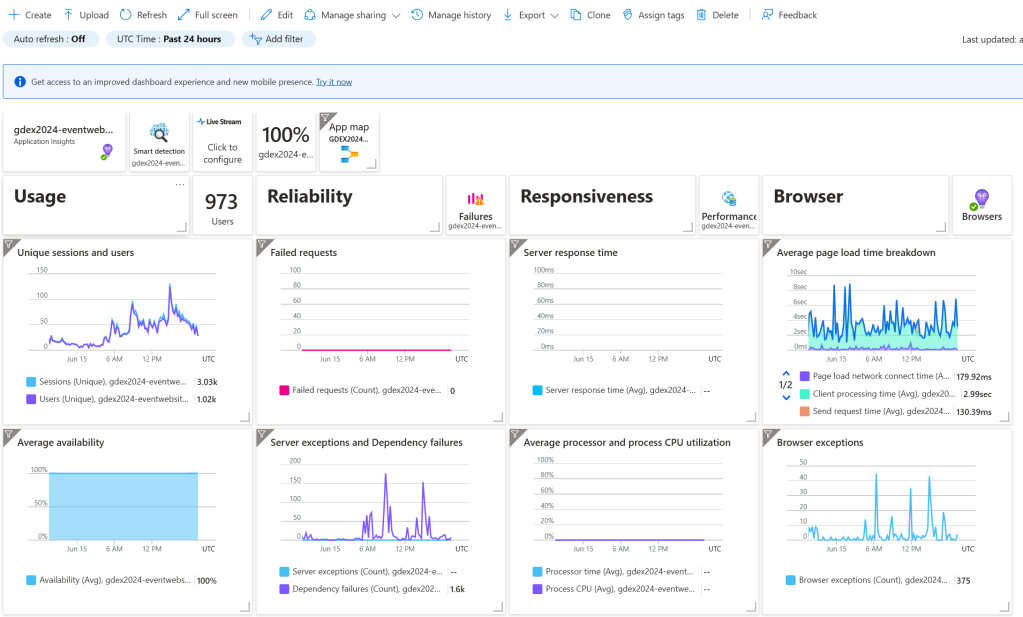
But everything went steady. People followed the storyline, and we saw photo’s coming in from all over the world
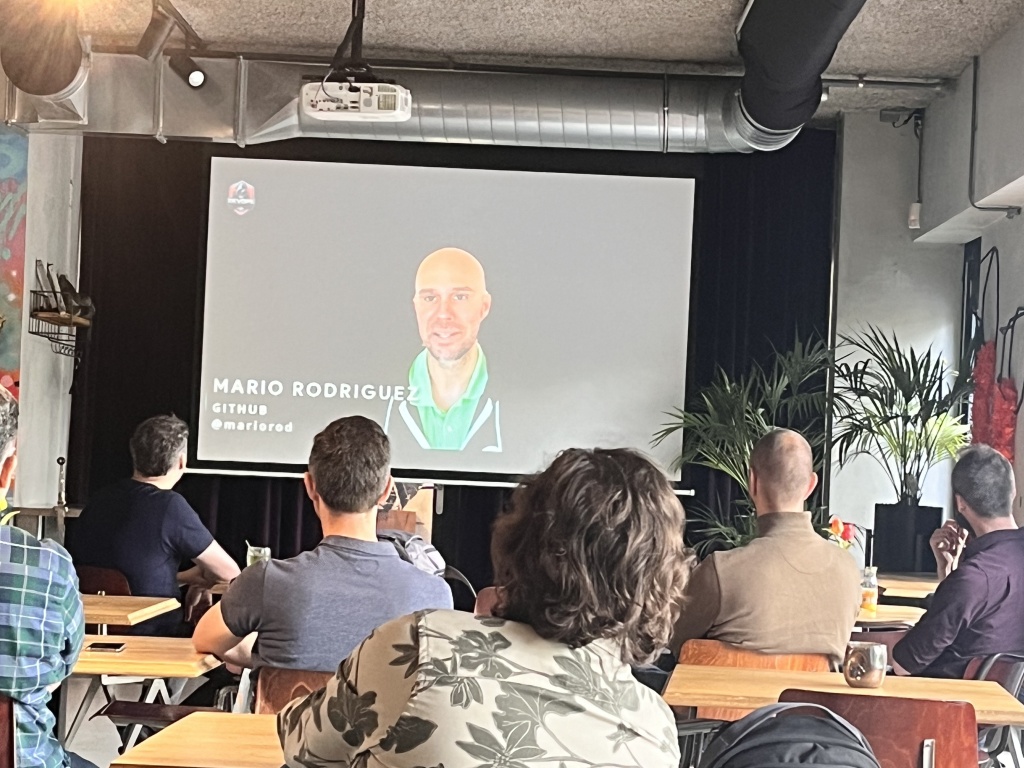
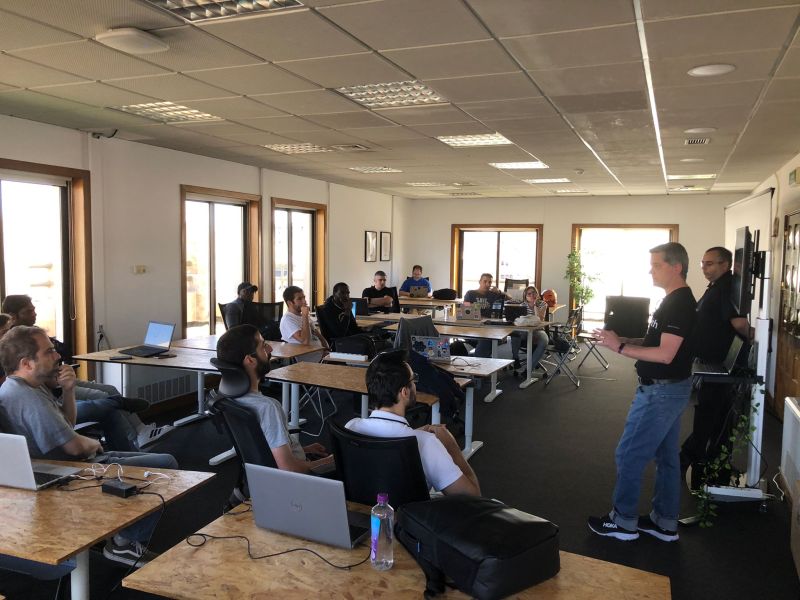
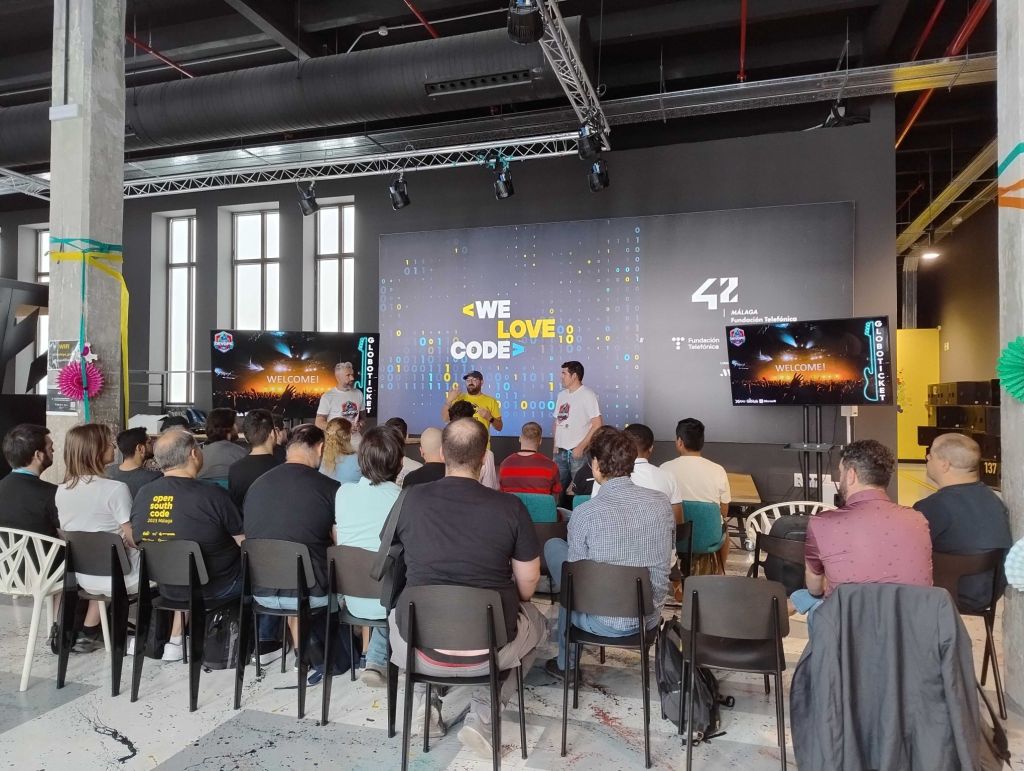
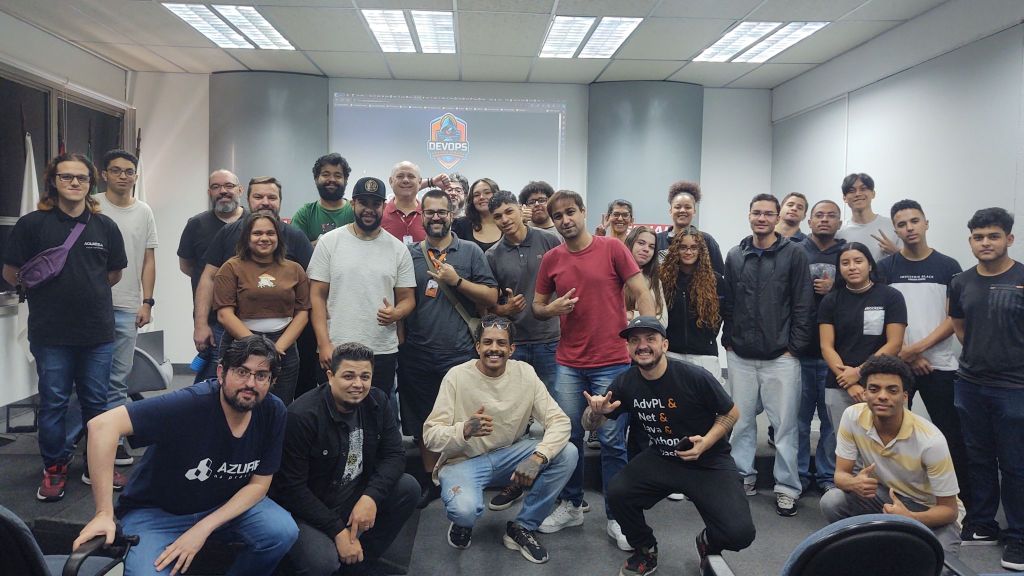
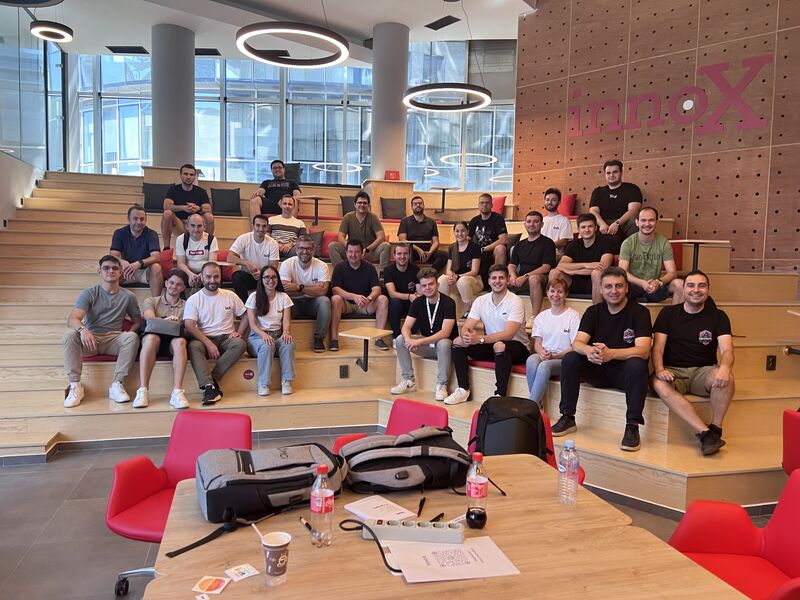
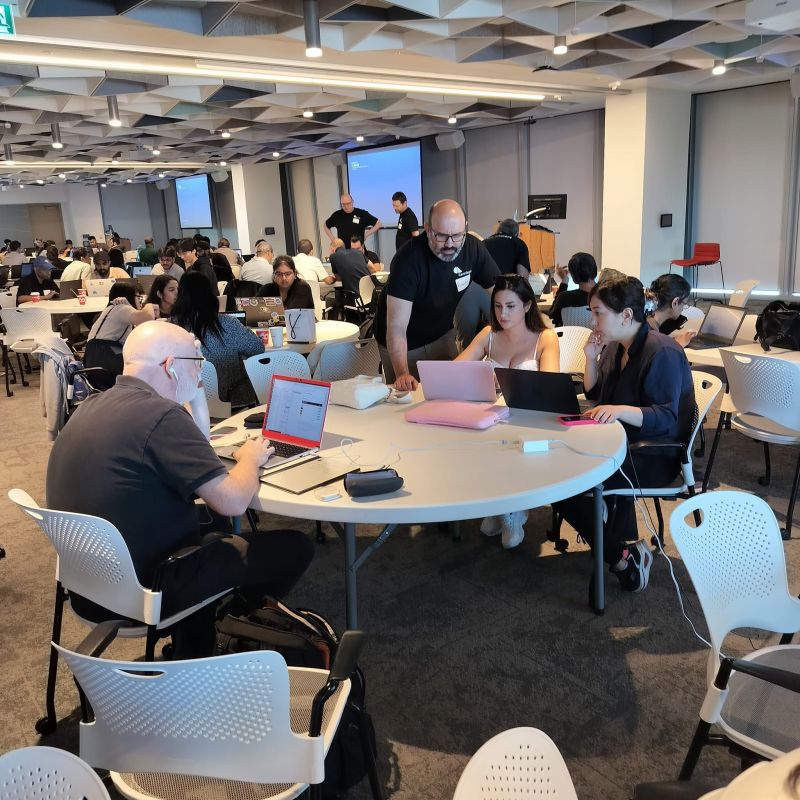
Summary
These kinds of events give me a tremendous amount of energy. Transforming an idea into reality with a group of dedicated people is something I can do for weeks, months and years. I want to really thank my colleagues at Xebia Microsoft Services for all their hard work, and dedication. Time away from friends and family to make this happen for the community! This is what sets us apart. And thanks you Marcel de Vries for your relentless support to just do this!
Also a huge shoutout to Brian Randell, Martin Woodward and Andrew Flick in supporting us from within GitHub and Microsoft! Up to next time!
Core Team
– Michiel van Oudheusden
– Rob Bos
– Marcel de Vries
– Erick Segaar
– Rene van Osnabrugge
Technology and Backend
– Sofie Wisse
– Hidde de Smet
– Rutger Buiteman
– Jesse Wellenberg
– Sander Trijssenaar
– Duncan Roosma
– Jasper Gilhuis
– Jesse Houwing
– Geert van der Cruijsen
Video Crew and Cast
– Kees Verhaar
– Tijmen van der Kamp
– Roy Cornelissen
– Geert van der Cruijsen
– Sofie Wisse
– Hidde de Smet
– Marcel de Vries
– Kim Ellermann

 June 16, 2024
June 16, 2024 
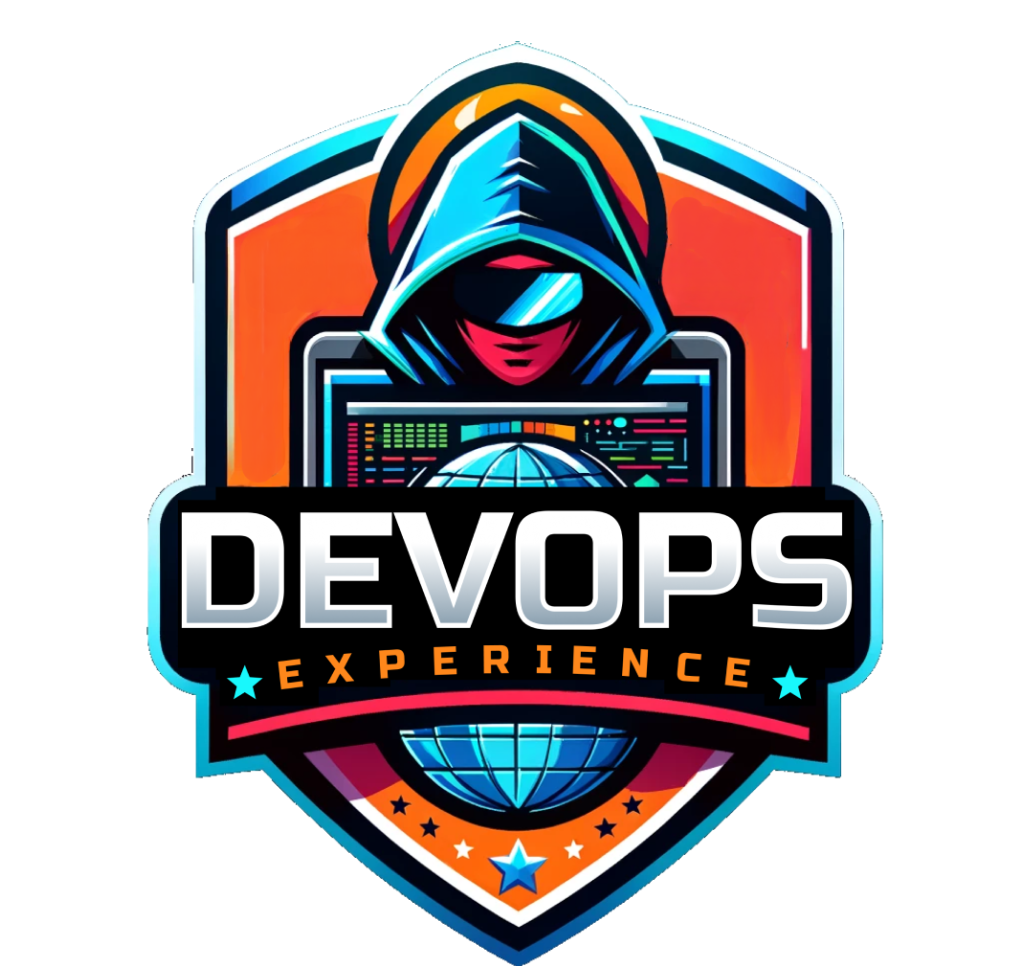

No comments yet... Be the first to leave a reply!